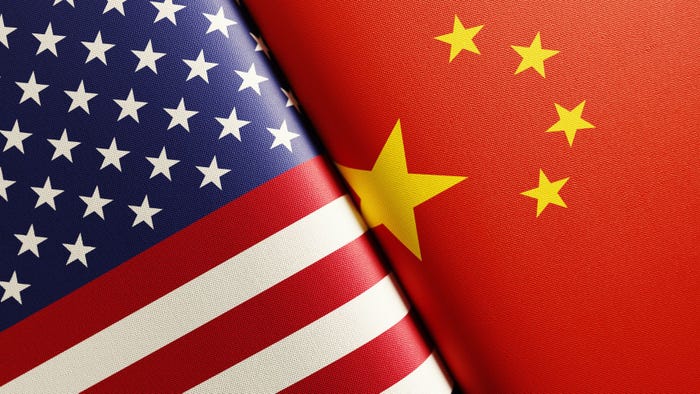As the competition to develop and train the most advanced artificial intelligence (AI) models intensifies, the geopolitical implications become increasingly apparent. With China emerging as a significant player in this domain, it is essential for the US, UK, and Europe to retain control over their data, talent, and AI model training. In this essay, I will explore two potential strategies and the challenges associated with each approach.

Strategy 1: Go It Alone
The first strategy involves the US, UK, and Europe focusing on keeping the lead in developing and training the most sophisticated AI models at home. This approach necessitates a substantial investment in expanding electric power generation, fast-tracking regulation on modern nuclear reactors, prioritizing clean energy, and permitting some inexpensive baseload transition fuels like natural gas to continue operating.
The advantage of this approach is that it enables the US, UK, and Europe to maintain control over their data and technical expertise by keeping their AI model training domestic. However, this strategy comes with considerable financial and logistical challenges. The investments required to expand electric power generation and coordinate efforts between governments and industries are substantial, and it remains uncertain how quickly these advancements can be achieved.
Strategy 2: Values-Based Ecosystem
The second strategy involves creating a values-driven ecosystem around AI, engaging traditional European and Asian allies and rising powers like the UAE and Saudi Arabia. This approach entails establishing a clear framework of shared values centered on data protection, privacy, ethical training methods, and appropriate applications for advanced models. By forging a tightly knit network of countries aligned with these values, the US, UK, and Europe could maintain control over advanced computing chips and electricity generation crucial for AI model training.
The benefit of this strategy is its focus on international collaboration and partnerships, crucial for advancing AI technology. By defining and upholding shared values, the US, UK, and Europe can create a secure and stable global AI ecosystem. The potential challenge lies in implementing a unified framework, as well as potentially facing competition from countries offering cheaper labor and resources.
Choosing a Strategy: A Balanced Approach
Both strategies have merits and challenges. Going it alone requires a substantial investment and coordination, while the values-based ecosystem strategy prioritizes international partnerships. A prudent approach that incorporates elements of both strategies may be the most effective path for the US, UK, and Europe.
This balanced approach could involve a concerted effort to invest in expanding electric power generation capacity at home while fostering a values-aligned ecosystem. By defining and upholding a unified framework of values with its alliance partners, the US, UK, and Europe can secure their control over AI model training while engaging in collaborative efforts to advance the technology on a global scale.
The stakes are high as the race to develop and train the most advanced AI models gathers momentum. Control over data, talent, and model training is imperative for national security, economic competitiveness, and technological leadership. While there are challenges associated with both strategies, adopting a balanced approach that combines elements of both strategies offers the best opportunity for the US, UK, and Europe to maintain their edge in the AI field and ensure ethical and sustainable progress.

